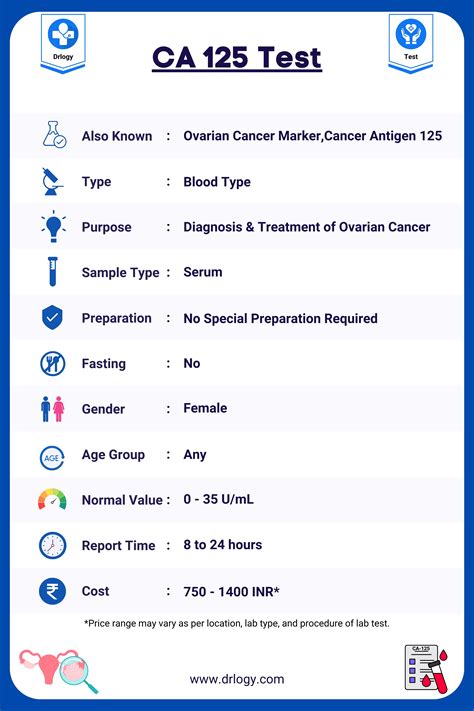Emotional liberation is a fundamental human desire, yet it often seems elusive, hidden behind layers of emotional pain, trauma, and negative patterns. One of the most powerful tools for achieving emotional freedom is Emotional Freedom Techniques (EFT), a method that has been gaining recognition for its simplicity and effectiveness in addressing a wide range of emotional and physical issues. EFT, often referred to as “tapping,” combines elements of cognitive therapy, exposure therapy, and acupuncture to provide a holistic approach to emotional healing.
Introduction to EFT
EFT was developed by Gary Craig, an engineer by training, who was intrigued by the concept of energy meridians and their application in healing, as taught by Roger Callahan’s Thought Field Therapy (TFT). Craig simplified TFT into a more accessible form, creating EFT, which involves tapping with fingertips on specific meridian points while focusing on a specific issue or problem. This process is believed to clear the blockages in the body’s energy system that are associated with negative emotions and physical pain, leading to a state of emotional balance and well-being.
The Basic EFT Tapping Procedure
The basic EFT procedure is straightforward and can be learned by anyone. It involves the following steps: 1. Identify the Issue: Clearly define the problem or issue you want to work on. It could be a specific event, a feeling, a physical symptom, or a general condition. 2. Establish the Baseline: Rate the intensity of your issue on a scale from 0 to 10, with 10 being the most severe. This step helps in tracking progress. 3. The Setup: Start by tapping the “karate chop” point (the side of the hand) while saying a setup statement three times. The setup statement typically follows the format: “Even though I [briefly describe your issue], I deeply and completely accept myself.” 4. The Sequence: Tap each of the following points approximately 5-7 times while repeating a reminder phrase (a brief version of your issue) at each point: - Top of the head - Eyebrow point (where the eyebrow starts, closest to the nose) - Side of the eye - Under the eye - Under the nose - Chin point - Collarbone point - Under the arm 5. The Final Sequence: After completing the tapping sequence, take a deep breath and rate your issue again on the 0-10 scale. If your issue still bothers you, you can repeat the process, possibly altering your setup statement or reminder phrase to better fit your current feelings.
Effective Applications of EFT
EFT has been applied to a wide range of issues, from anxiety and depression to chronic pain and PTSD. Its versatility and the fact that it can be self-administered make it a powerful tool for personal growth and healing. Here are some areas where EFT has shown significant promise: - Anxiety and Stress Relief: EFT can help reduce anxiety and stress by addressing the underlying emotional causes and clearing the body’s energy blockages associated with these feelings. - Pain Management: By focusing on the specific pain and its emotional components, EFT can help manage chronic pain and improve the quality of life for those suffering from it. - Weight Loss and Body Image Issues: EFT can be effective in tackling the emotional eating and body image issues that often hinder weight loss efforts, leading to a more successful and sustainable weight management strategy. - Improving Performance and Productivity: By reducing performance anxiety, improving focus, and enhancing motivation, EFT can be a valuable tool for individuals seeking to boost their productivity and achieve their goals.
Common Misconceptions About EFT
Despite its growing popularity, EFT is often misunderstood or approached with skepticism due to several misconceptions: - It’s Just About Tapping: While the physical act of tapping is a crucial part of EFT, the technique’s effectiveness also heavily relies on the cognitive and emotional processes that accompany the tapping, including the setup statements, the focus on specific issues, and the acknowledgment and acceptance of one’s emotions. - It’s a Quick Fix: EFT is not a magic pill. For deep-seated issues, it may require repeated applications and a commitment to the process. Some issues may resolve quickly, while others may take more time and patience. - It Requires Belief in Meridians and Energy: While EFT is based on the concept of energy meridians, its practice and benefits do not necessitate a belief in these concepts. Many people find EFT helpful without fully understanding or believing in the theoretical underpinnings.
Integrating EFT into Your Life
Incorporating EFT into your daily routine can be simple and rewarding. Here are some tips to get you started: - Start Small: Begin with simple issues or everyday stresses to get a feel for how EFT works. - Be Consistent: Try to practice EFT regularly, even if it’s just for a few minutes a day. - Seek Guidance: For more complex issues or if you’re new to EFT, consider working with a practitioner or using online resources and tutorials. - Combine with Other Practices: EFT can complement other healing practices, such as meditation, yoga, or cognitive therapy, enhancing their benefits and promoting a holistic approach to well-being.
Conclusion
EFT offers a unique approach to emotional healing, one that is accessible, effective, and empowering. By understanding its principles and incorporating it into your life, you can unlock the door to emotional liberation, achieving a state of balance, peace, and freedom from the burdens of emotional pain. Whether used as a standalone practice or in conjunction with other therapies, EFT has the potential to transform lives, leading individuals towards a path of healing, growth, and profound emotional liberation.
What is EFT, and how does it work?
+EFT, or Emotional Freedom Techniques, is a method that combines elements of cognitive therapy and exposure therapy with the physical act of tapping on specific meridian points. It works by clearing the energy blockages in the body associated with negative emotions, thus leading to emotional balance and healing.
Can EFT be used for physical ailments?
+Yes, EFT has been successfully applied to manage chronic pain, reduce symptoms of physical conditions, and improve overall physical well-being. It addresses the emotional components of physical issues, which can often contribute to or exacerbate symptoms.
How long does it take to see results from EFT?
+The time it takes to see results from EFT can vary greatly depending on the issue being addressed and the individual’s response to the technique. Some people experience immediate relief, while others may need to practice EFT over several sessions before noticing significant improvements.



